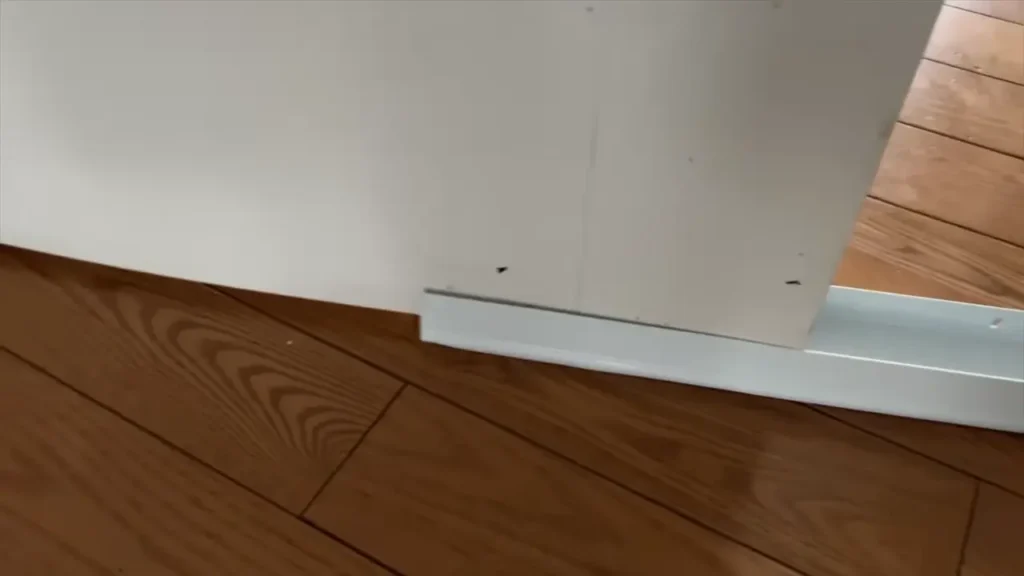The Cheapest Ways to Soundproof a Room
Soundproofing a room can be an expensive venture, especially when you follow common advice online that recommends costly solutions. However, there are budget-friendly ways to significantly reduce noise, making your space quieter and more peaceful. This guide draws on practical insights to explain how you can soundproof your room without breaking the bank.
Key Points to Remember
- Focus on Sound Reduction, Not Complete Soundproofing
It’s essential to understand that most methods aim to reduce noise rather than entirely block it. Even with professional techniques, 100% soundproofing is rarely achievable. - Target Primary Noise Sources
Noise usually enters through doors, windows, and walls. Address these first before exploring more advanced methods.
Step 1: Soundproof the Door
Doors are often the largest culprits in allowing noise into a room. Here’s how you can address the issue affordably:
Seal the Cracks Around the Door
- Check for Gaps: Close the door, turn off the lights, and see if light bleeds through the edges. Light leaks mean sound can pass through.
- Use Affordable Caulking: Instead of expensive acoustic sealants, opt for products like Red Devil caulking. It’s inexpensive (around $8) and doesn’t crack over time.
- Apply the caulking around the edges where the door meets the frame.
- Ensure the surface is clean and dry before application.
Weather Stripping
- Weather stripping creates a tighter seal when the door is closed.
- Available for under $10, it’s an easy DIY solution that stops door wobble and minimizes sound leakage.
- For a more robust option, consider a door seal kit (around $45), which provides superior results.
Add a Door Sweep
- Noise often enters through the gap at the bottom of the door. A U-shaped door sweep (under $10) can fix this.
- Measure your door, cut the sweep to size, and slide it into place.

Bonus: Use Moving Blankets
- Hang moving blankets over the door to absorb sound. At about $20 for two blankets, they’re an inexpensive and versatile option.
- Attach them with industrial-strength Velcro for easy installation and removal.
Step 2: Soundproof the Windows
Windows can be more challenging, but there are budget-friendly strategies to reduce noise:
Seal Window Frames
- Use the same Red Devil caulking to seal gaps where the window meets the frame.
Blackout Curtains or Moving Blankets
- Blackout curtains or thick moving blankets can block some sound while also deadening room noise.
- For the best results, opt for a single wide panel rather than two smaller panels to avoid gaps.

Step 3: Address the Walls
The walls are trickier to soundproof on a budget, as effective solutions require adding mass. However, you can still reduce noise with the following:
Add Mass with Drywall
- Adding a layer of drywall is one of the most effective ways to soundproof a wall.
- For enhanced results, install Mass Loaded Vinyl (MLV) between the drywall layers. MLV costs around $100 per roll but provides significant noise reduction.
Electrical Outlets
- Noise often seeps through electrical outlets, especially in uninsulated walls.
- Remove the outlet cover, seal gaps with caulking or a backer rod, and replace the cover.
Alternative Wall Coverings
- Hang a moving blanket or heavy curtains on the wall. While not as effective as drywall, it deadens room noise and provides a low-cost alternative to acoustic foam.

Step 4: Improve Room Acoustics
Reducing echo and improving the sound quality inside the room can make a big difference:
Avoid Acoustic Foam
- Acoustic foam is often expensive and ineffective for blocking external noise.
- Instead, use household items like rugs, bookshelves, or even upholstered furniture to reduce echoes.
Double-Duty Moving Blankets
- In addition to covering doors and windows, hang moving blankets on hard walls or even the ceiling for added absorption.
Cost Breakdown
Here’s a summary of how much you can expect to spend using these methods:
| Item | Approx. Cost |
|---|---|
| Red Devil Caulking | $8 |
| Weather Stripping | $10 |
| Door Sweep | $10 |
| Moving Blankets (2-pack) | $20 |
| Blackout Curtains | $20–$50 |
| Backer Rod | $5 |
With these tools, you can significantly reduce noise for under $100, with some solutions costing as little as $20.
The prices of the soundproofing materials mentioned in this article are subject to change over time due to market fluctuations and regional differences. Please verify current pricing with suppliers or retailers before making a purchase.
Final Thoughts
While professional soundproofing is ideal, these budget-friendly methods can make a noticeable difference in your space. Focus on sealing gaps, adding mass, and improving room acoustics. By following these steps, you can create a quieter, more enjoyable environment without overspending.
If this guide helped you, consider sharing it to help others avoid misleading advice and expensive mistakes.







